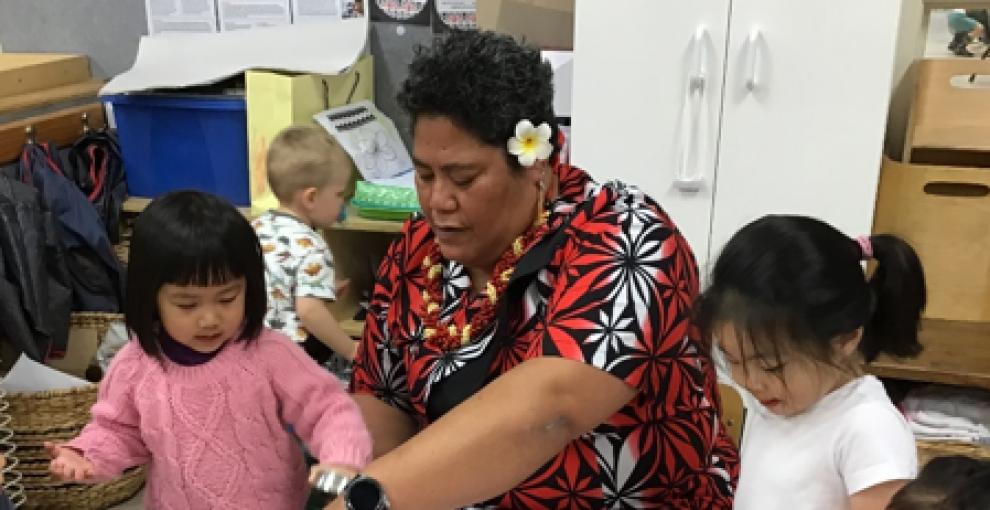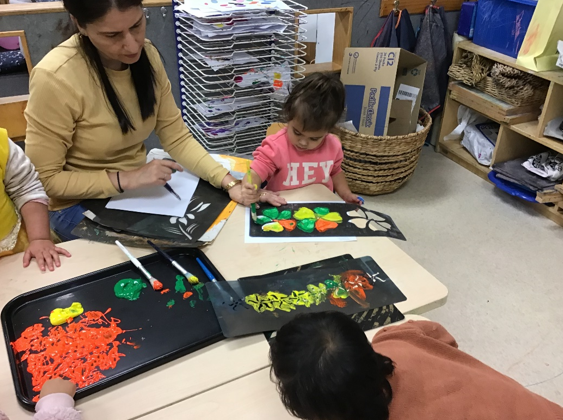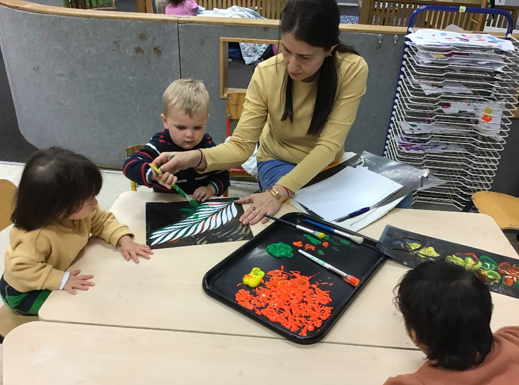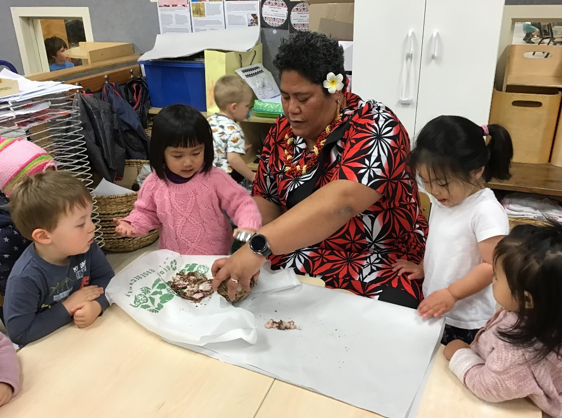LATEST STORIES
BestStart Cornwall St celebrating Samoan language week
Last month at BestStart Cornwall St in the Fetuao (Toddler) room, we celebrated Samoan language week. The Samoan language is our third most spoken language here in New Zealand, and it is really important that we maintain and promote the language and culture of Samoa.
As we celebrate diversity here at our centre, it is important that we show our tamariki that their culture is valued here. We celebrated Samoan culture through stories and songs, art, as well as teaching our tamariki some simple words such as Tālofa lava: Hello, Mālō le soifua: Hello/Good health, O ā mai 'oe? How are you?, Manuia fa'afetai: Good, thank you, Manuia le aso: Have a great day, Tōfā soifua: Good bye.
Ana, one of our Samoan Kaiako, bought some taro and sat down with our tamariki. First she asked them, "Do you know what vegetable this is? Have you seen this before? What do you think it tastes like?
She then explained to the tamariki what the vegetable was and where it came from. She talked about how to prepare the taro to cook it and how to cook it as well.
Taro, (Colocasia esculenta), also called eddo or dasheen, is a herbaceous plant of the arum family (Araceae) and its edible rootlike corm. Taro is probably native to southeastern Asia, whence it spread to Pacific islands and became a staple crop. It is cultivated for its large, starchy, spherical corms (underground stems), commonly known as "taro root," which are consumed as a cooked vegetable, made into puddings and breads, and also made into the Polynesian poi, a thin, pasty, highly digestible mass of fresh or fermented taro starch. The large leaves of the taro are commonly stewed. Taro is cultivated in rich well-drained soil. The corms are harvested seven months after planting. Taro leaves and corms are poisonous if eaten raw; the acrid calcium oxalate they contain must first be destroyed by heating.
She explained to tamariki that in Samoa, they don't have peelers, so cut of the bottom of a can to use that as a peeler to peel the taro. She bought one that she had made, and the tamariki were given an opportunity to have a go at peeling the taro.
They did really well in listening to Ana's instructions and showed such great persistence in giving it a go. We were so impressed with how well they did peeling the taro.
Our tamariki got the opportunity to try some Samoan food. We shared with our whanau the importance of celebrating Samoan language week and the knowledge our tamariki had gained from being immersed in the culture during that week.
At Best Start Cornwall St we celebrate cultural differences and aim to help children gain a positive awareness of their own and other cultures.






